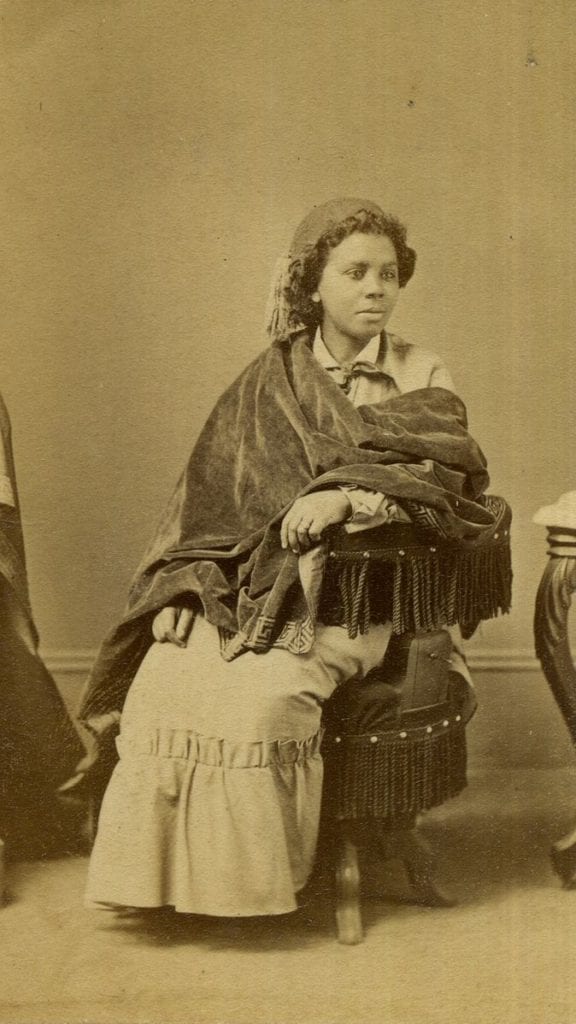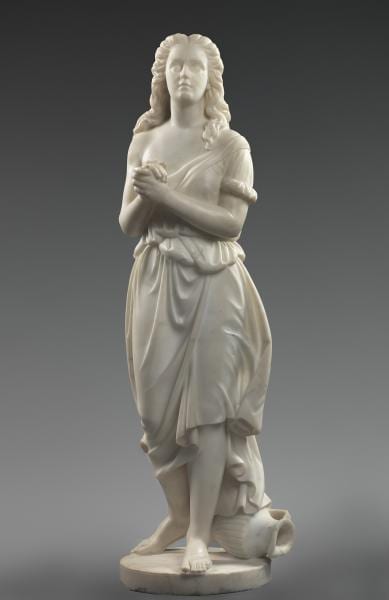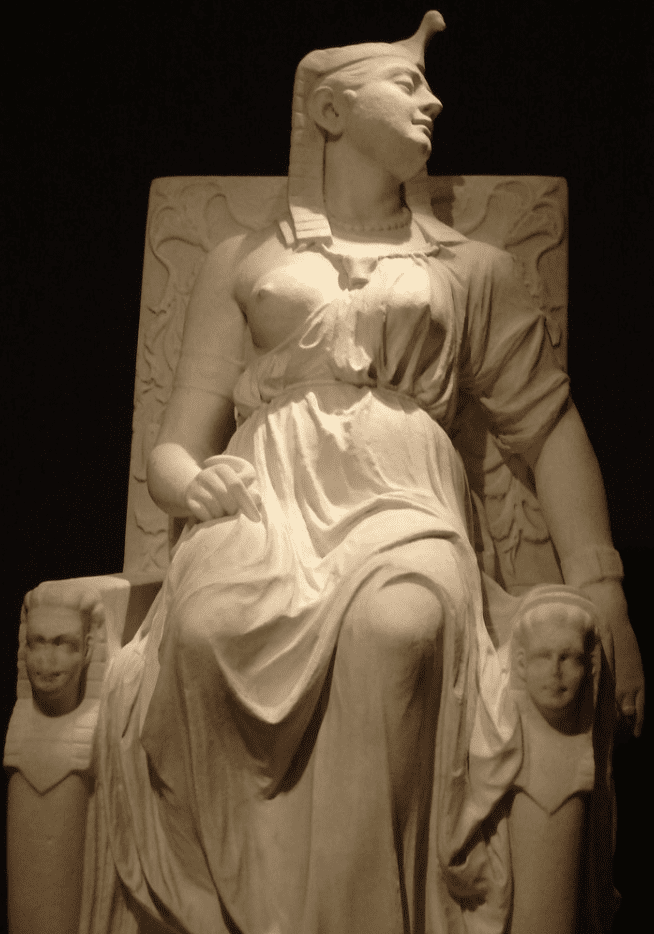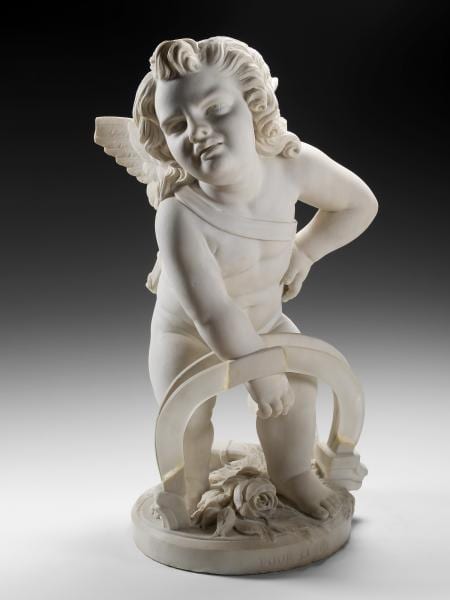Edmonia Lewis: Before and After Opportunities for African Americans in Art
Edmonia Lewis art is world-known, and the New York born artist, changed the world for African Americans in art. What makes Lewis so special is that she was the first professional African-American sculptor.


Who is Edmonia Lewis?
It's a question that a lot of experts still question due to some of the vague details of her early life. We know that she was born in either Ohio or New York, and while we’re pretty sure she died in London in 1907, there is some debate on her death, too.
But the details of her life that we do know show that she continues to be a massive influence on African Americans in art just as she was when she was alive.
You have to understand the time period. Edmonia Lewis sculptures became famous at a time when there were no African American sculptures. She also entered at the end of the period of sculptures in the neoclassical style, so it’s been hard for anyone to mimic her success.
Back in the 1800s, and as seen with her move to Italy, Rome, as a whole, was the epicenter of sculptors.
Edmonia had help from her brother who encouraged his sister to enter the arts. He even provided financial assistance so that his sister could attend school. This was a time where racism was still rampant, and an African American going to college was not common.
So, before her time, there were not many people that would have been in the African American Art Gallery, definitely not as a sculptor.
Sadly, a lot of her pieces never made their way into the African American Art Museum because they were lost to time. We do have the Edmonia Lewis Cleopatra which shows off Lewis’ immense skill.


What Edmonia Lewis Did for African American Art?
Edmonia Lewis’ life may be vague, and while we have pieces of the past to examine, we can look back today and see how her bravery helped put African American art on the “map.” She was an idol for many would-be African American artists.
During her time, exhibits being held in her honor in the United States were taking place.
This was huge at the time.
She represented the very underrepresented art community, and artists of the time looked up to her. You can say that she helped provide hope to these artists, and that may be her greatest contribution of all to the art community.
It's hard to say the influence that her neoclassical style had on the community, but shortly after her death, we did start seeing more African Americans pursuing the arts. If we look at times before World War I, we can find that black sculptors and painters really didn’t produce works that had a focus on African American subject matter.
But go into 1914, and you’ll see the Ethiopia Awakening by Meta Warrick Fuller. The sculpture depicts the Egyptian works that were popular, primarily a funerary sculpture, but a black woman is wrapped as a mummy from the waist down.
Western circles started to become more familiarized with African art, and this led to a rise of African American artists. The styles really started to be developed and refined in the 1920s, towards the end of the decade.
This is when we started to see a lot of traditions that included folk art and black aesthetic traditions.
Even if Lewis wasn’t the source of this inspiration, she definitely contributed to the acceptance and popularity of the African American arts.
It's almost impossible to think that Fuller was not, in some degree, influenced by the work of Lewis. Fuller’s work is one that we can directly attribute to the rise in African American art and styles.
Aaron Douglas also became a signature artist at this time which many call the Harlem Renaissance. Douglas created the famous “geometrical” style, and he used silhouette styles that recognize black characters in an entirely new way. Black subjects were often put into central roles in Christian iconography, allowing for a growing sense of pride in the community.
Then in the 1930s, when the Great Depression hit, we saw a lot of African American writers come to prominence.
Lewis, like those before and after her, was able to take advantage of the times. Lewis was able to enter into the neoclassical style at a time when it was coming to an end in terms of popularity. Materials were still affordable, and while she didn’t use many Italian workers, it was a time when you could hire workers to help with some of the sculpting process.


Lewis took advantage of her passion, traveling to Rome and training to follow her dreams. Her life is a testament of what hard work can do, even when all of the odds are stacked against a person. She is an inspiration today, and even if she didn’t provide opportunities for African Americans while she was alive, she was a definite inspiration for artists from all over the world.







